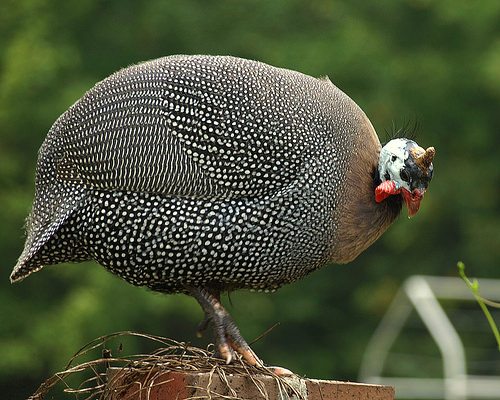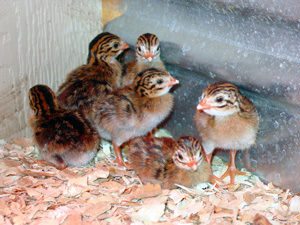 Pest control can become an issue when carving out a home site in a wooded area. In some areas, deer ticks (carriers of Lyme disease) can pose a considerable threat to humans, horses, dogs and cats. Other pests may become difficult to control when introducing flowering plants and shrubs to native meadows and cleared forests.
Pest control can become an issue when carving out a home site in a wooded area. In some areas, deer ticks (carriers of Lyme disease) can pose a considerable threat to humans, horses, dogs and cats. Other pests may become difficult to control when introducing flowering plants and shrubs to native meadows and cleared forests.
Enter the Guinea fowl as a pest preventative extraordinaire. If this is your first foray into farm animal husbandry, guinea fowl seem to be relatively easy to get going on a new site, and can nearly eliminate deer tick infestations in areas where this disease can be problematic.
Guinea fowl are native to parts of Africa, but domesticated species are prevalent in the US for breeding. Guinea fowl are homing birds, so the early key to success is to hatch your own keets or baby Guinea fowl. Once they become accustomed to their surroundings they can be allowed to range for insects during the day, returning to their home roost at night for treats of millet and other inexpensive feed.
A small fenced run and a protected coop are all the structural needs for Guinea fowl, and their natural appetite for bugs will keep your pests under control without damaging or consuming flowers fruits. With their distinctive black and white checkered feathers and turkey like heads, Guinea fowl can be an interesting and useful addition to your natural garden. An excellent website, www.guineafowl.com, is posted by author Jeanette Ferguson, who has published a guidebook to raising guinea fowl, called Gardening with Guineas.
